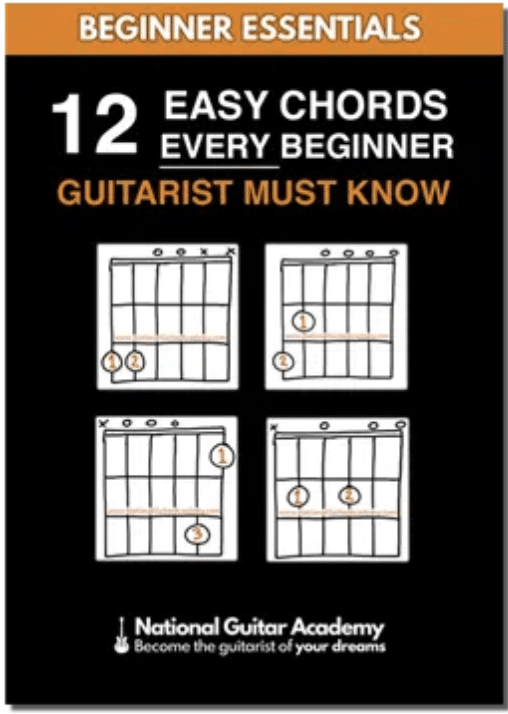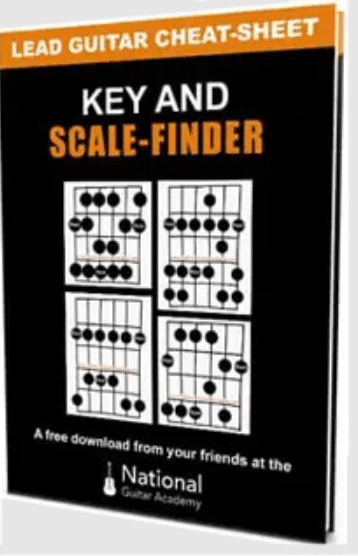How to master the first and most important part of playing rhythm guitar: finding the beat of any song.
Rhythm is the heartbeat of music, the driving force that transforms simple chords into dynamic and engaging sounds. Developing strong right-hand techniques and a solid sense of rhythm is essential for any guitarist looking to bring variety and groove into their playing. Understanding how to create bounce, feel the beat, and add color to strumming patterns elevates playing from basic to expressive and captivating.
To aid in this journey, we created this dedicated rhythm training program to give you a more structured approach to mastering rhythm guitar. Whether a beginner or an experienced player, enhancing rhythmic skills will make guitar playing more enjoyable and expressive. This guide introduces key lessons on understanding and internalizing rhythm.
Finding the Beat of a Song
Identifying the beat is fundamental. Playing in sync with the beat results in a smooth and natural sound, while failing to do so can make even well-played notes sound disjointed. There are five key methods for determining the beat of a song:
1. Reading the Beat
If sheet music, a chord chart, or tablature is available, the tempo of the track is usually indicated at the top. Tempo, measured in beats per minute (BPM), provides a precise guide to the speed of a song. However, for most casual guitarists who do not use sheet music, alternative methods are necessary.
2. Feeling the Beat
Rhythm is often intuitive. Many people naturally tap their feet or clap along with a song. A simple way to find the beat is to stop focusing on the guitar and instead tap along with the music. Whether through foot-tapping or hand-clapping, connecting physically with the beat helps internalize it. With practice, this ability becomes second nature.
3. Hearing the Beat
Listening closely to the drums in a song can provide crucial rhythmic cues. The bass drum often sets the foundation with deep, steady pulses, while the hi-hat produces a crisp, consistent ticking sound. The snare drum, with its sharp, cutting tone, frequently marks the strong beats of a measure. Training the ear to distinguish these elements makes it easier to sync guitar playing with the song’s rhythm.
4. Measuring the Beat
Using a metronome is one of the most precise ways to determine and practice rhythm. A metronome clicks at a consistent rate, helping to maintain a steady tempo. Modern metronome apps allow users to tap along to a song, instantly displaying its BPM. While a metronome is a useful tool, developing an internal sense of rhythm is ultimately more valuable than relying on external devices.
5. Searching for the Beat
If all else fails, looking up a song’s BPM online is a quick solution. Simply searching for a song title followed by “BPM” often provides an instant answer. However, this method should not become a dependency—developing personal rhythmic awareness is crucial for growth as a musician.
The Importance of Rhythm in Guitar Playing
Mastering rhythm is not just about technical proficiency; it gives music its expression and joy. The more rhythmic possibilities a guitarist has, the more freely ideas can be conveyed through music. Strong rhythm skills make playing feel more natural and create a more engaging sound.
By practicing these five methods, you can develop a keen sense of timing and confidence in your playing. Whether using sheet music, tapping along, listening for drum patterns, working with a metronome, or looking up BPMs, honing rhythmic skills ensures smoother, more dynamic performances. Developing this ability opens up endless possibilities for creativity and musical expression, making every strumming session more rewarding.



